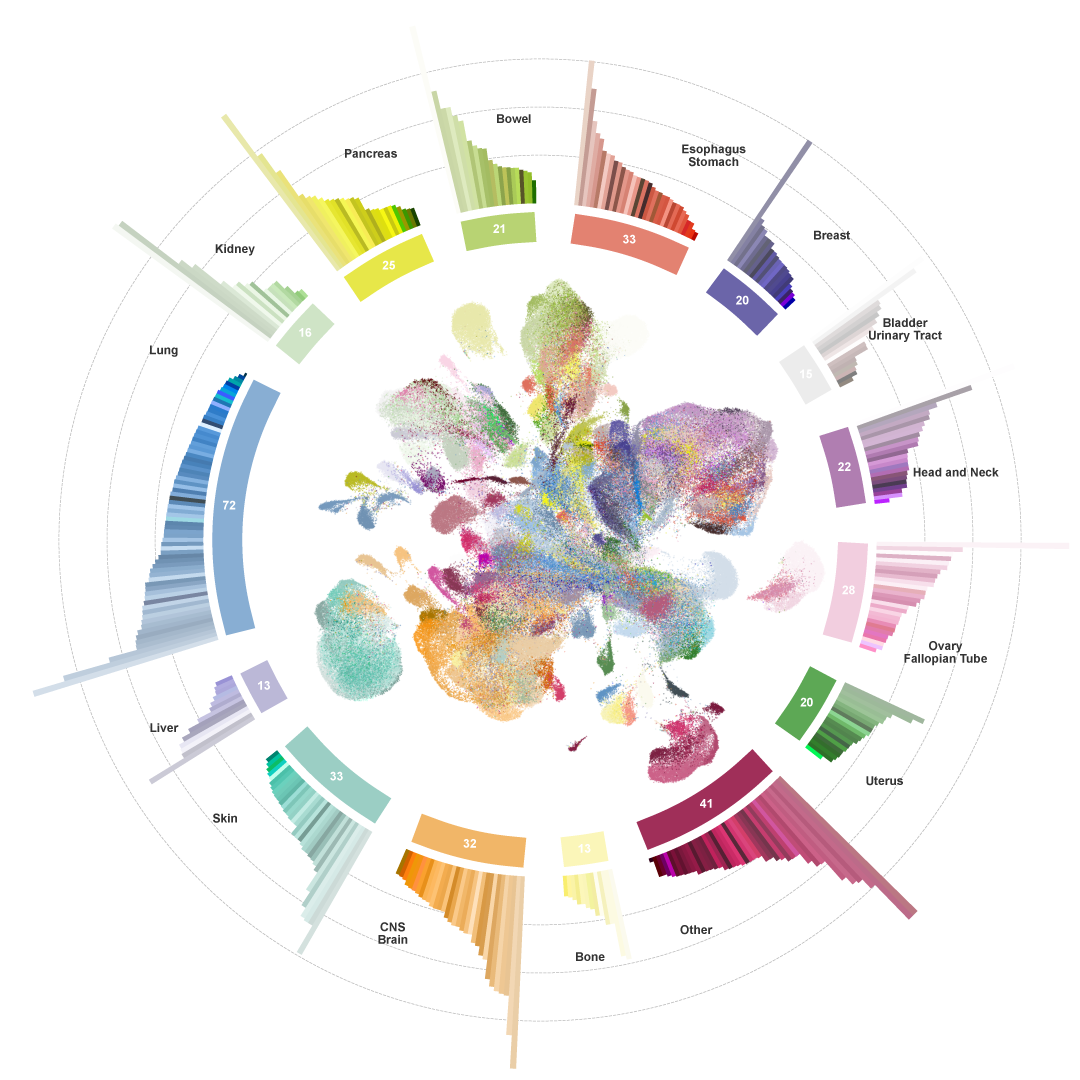Our Approach
We use cutting-edge molecular and genomic tools to visualize, map, and manipulate physiological responses to adversity across the whole body in human samples and model organisms.
Mining these foundational data, we uncover the genes, cells and biochemical pathways altered by stress, revealing long-lived molecular scars - such as DNA methylation or somatic mutation - that can serve as biomarkers and therapeutic targets, and implicating underlying mechanisms.
Our integrated approach links in vivo modeling with human data in a continuous feedback loop: discoveries in mice inform human studies, while human findings drive deeper mechanistic work of animals.
Spanning epidemiology, genetics, genomics, neuroscience, and neuroimmunology, our research addresses health issues from cardiovascular disease to psychiatric disorders such as post-traumatic stress disorder (PTSD) and major depressive disorder (MDD).
Molecular Atlases of Adversity
Hormonal signaling via the endocrine system mediates many systemic responses to adversity. Using animal models, we are developing organism-scale epigenomics maps spanning more than a dozen tissues, together with whole-body imaging. We aim to characterize the impacts of acute and chronic stress exposure on normal development and immune function at the molecular and cellular levels.
Relevant publications:
Multiscale footprints reveal the organization of cis-regulatory elements Y Hu*, MA Horlbeck*, R Zhang* […] JD Buenrostro. Nature (2025)
Slide-tags enables single-nucleus barcoding for multimodal spatial genomics AJC Russell*, JA Weir*, NM Nadaf* [...] EM Macosko^, F Chen^. Nature (2024)
Mapping Adversity in Human Populations
We collect blood samples from well-defined cohorts of human subjects and conduct single-cell epigenomic and long-read sequencing studies. Using these data, we seek to identify epigenetic ‘molecular scars’ associated with adversity that could then be developed into molecular diagnostics, identify fundamental biological mechanisms, and nominate novel drug targets.
Relevant publications:
Epigenome-wide association studies identify novel DNA methylation sites associated with PTSD: a meta-analysis of 23 military and civilian cohorts S Katrinli […] MW Logue. Genome Med (2025)
Cell-type-specific and inflammatory DNA methylation patterns associated with PTSD AK Smith et al. Brain Behav Imm (2025)
High-resolution spatial transcriptomic profiling of adrenal glands in socially isolated and control mice, colored by cell type.
Neuronal activation (cFOS staining) is increased in the paraventricular hypothalamus (PVH) of stressed mice. 3V: third ventricle. Scale bar: 200uM.
Neurons (UCHL1, yellow) innervate rare neuroendocrine cells (CGRP, magenta) in the lungs, sending information to the brain to regulate inflammation and breathing patterns.
Inflammation and Immunity
Recent studies have shown that interactions between tissues and organs, such as the nervous, endocrine, and immune systems, mediate many physiological processes, including the stress response and chronic inflammation, that occur systemically but with context-specific effects.
We apply single-cell and spatial -omics methods to characterize these interactions in model organisms and human samples, accompanied by experimental manipulation in appropriate systems, to help explain how they contribute to disease risk.
Relevant publications:
SKA2 regulated hyperactive secretory autophagy drives neuroinflammation-induced neurodegeneration J Hartmann^ […] KJ Ressler^, NC Gassen^. Nat Comms (2024)
Brain motor and fear circuits regulate leukocytes during acute stress WC Poller^ […] FK Swirski^. Nature (2022)
Internal senses of the vagus nerve SL Prescott & SJ Liberles. Neuron (2022)
Hyperactivation of sympathetic nerves drives depletion of melanocyte stem cells B Zhang […] YC Hsu. Nature (2020)
Peripheral Mechanosensory Neuron Dysfunction Underlies Tactile and Behavioral Deficits in Mouse Models of ASDs LL Orefice […] DD Ginty. Cell (2016)
Chronic variable stress activates hematopoietic stem cells T Heidt*, HB Sager* […] M Nahrendorf. Nat Med (2014)



